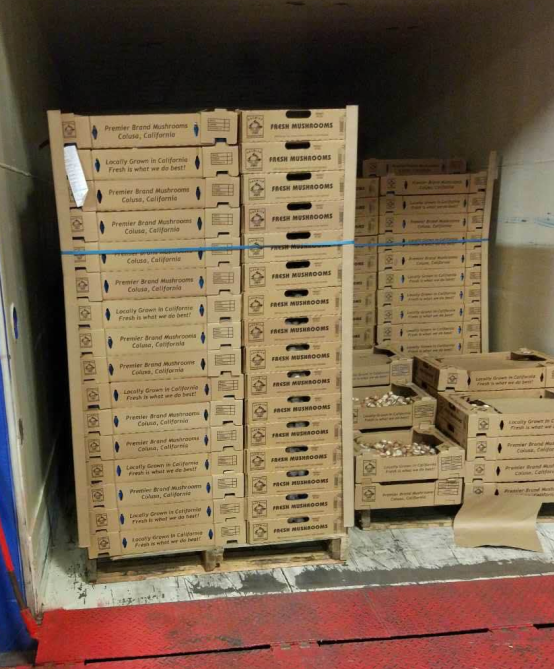In the past few years more and more systems have been installed at mushroom farms using vacuum cooling as a rapid cooling method for mushrooms. Having the correct cooling processes in place is important in the handling of any fresh produce but for mushrooms it can be even more critical. While consumer demand for nutritious and delicious mushrooms continues to grow, the popular fungi present particular challenges for growers because of their shorter shelf life compared to other produce. Once harvested, mushrooms are highly susceptible to bacteria growth. They can dehydrate and deteriorate rapidly unless quickly cooled and maintained at the correct storage temperature. Vacuum cooling offers here the best solution to growers allowing them to more efficiently cool mushrooms.
The importance of proper temperature and moisture control plays a key role after harvesting the mushrooms, ensuring adequate quality and longer shelf life.

The importance of pre-cooling
Pre-cooling refers to the rapid removal of field heat (normally around 80 – 85%) shortly after the harvest of a crop. Field heat can be defined as the difference in temperature between the temperature of the crop harvested and the optimal storage temperature of that product.
Precooling is a very important step in the post-harvest stage as mushrooms get intro stress after the cutting process. This results in transpiration (sweating, resulting in loss of weight and in the building of moisture on the skin of the produce) and high respiration (breathing = burning sugars), resulting in loss of life, but at the same time in an increase in product temperature, especially when packed tightly. Mushrooms at 20˚C produce 600 % more heat energy compared to mushrooms at 2˚C! This is why it is critical to get them cooled quickly and correctly.
Both respiration and transpiration can be greatly reduced by pre-cooling. On average both can be reduced by a factor of 4, 5 or even more, if cooled down from harvesting (on average at 20 – 30 ⁰C / 68 – 86 ⁰F down to below 5 ⁰C / 41⁰F). The perfect end temperature is defined by many factors, like produce to be cooled and the post harvesting steps following the pre-cooling.
Post time: Jul-21-2021
